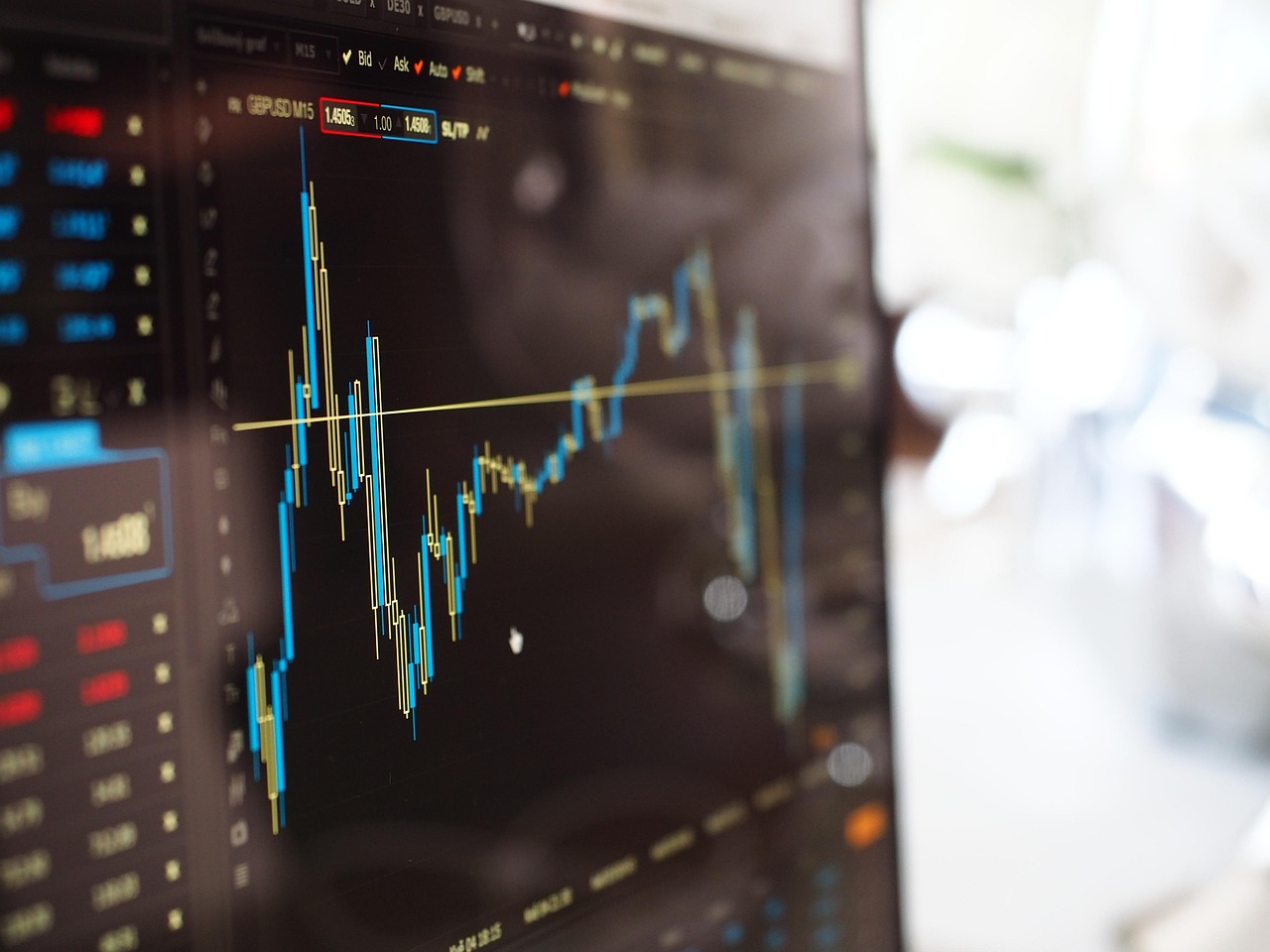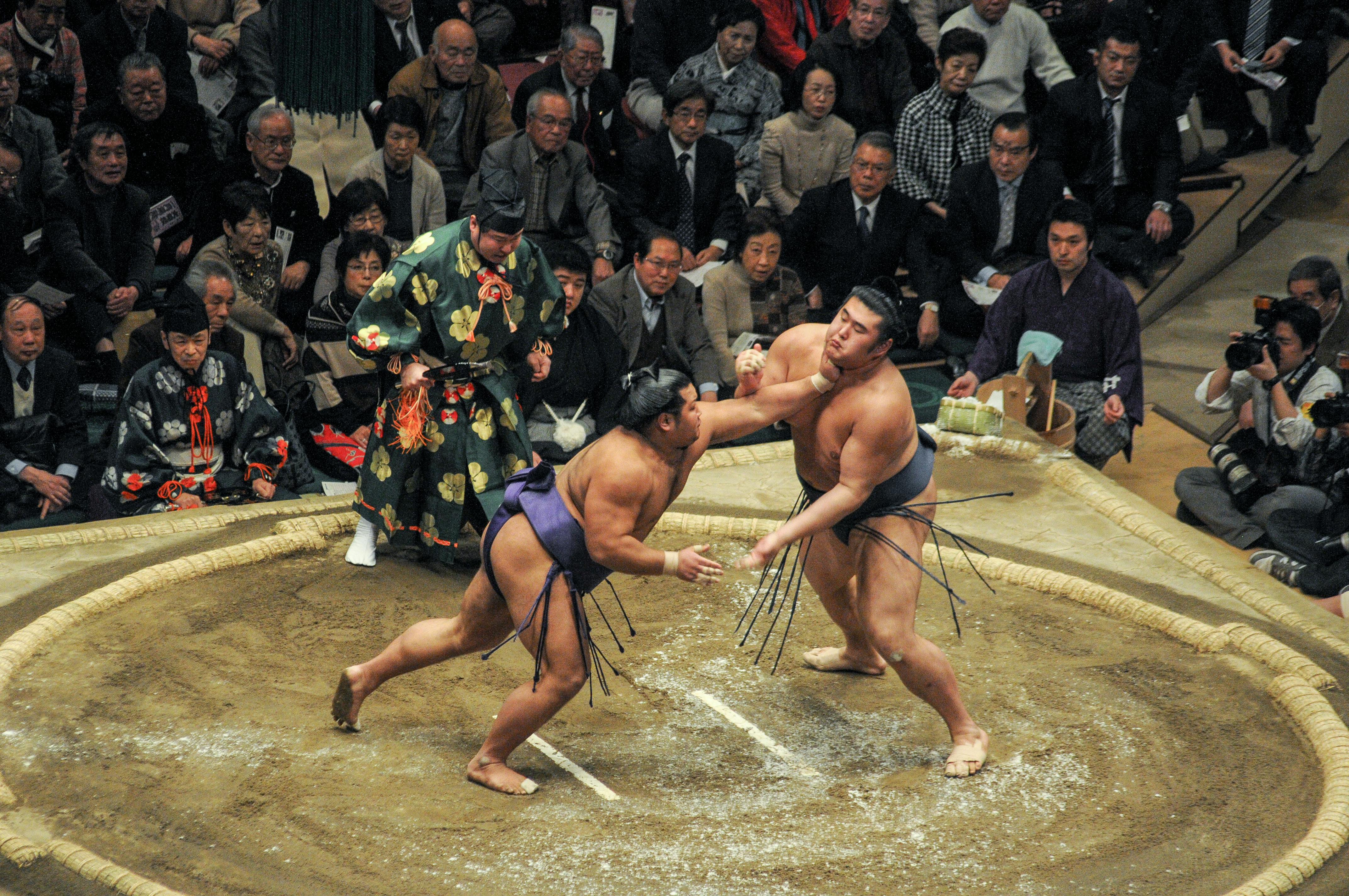The Kaleidoscopic World of Experimental Animation
In the ever-evolving landscape of visual storytelling, experimental animation stands as a beacon of unbridled creativity and innovation. This avant-garde art form pushes the boundaries of traditional animation techniques, blending cutting-edge technology with handcrafted artistry to create mesmerizing visual experiences that challenge our perceptions and ignite our imaginations. From abstract explorations of color and form to narrative-defying surrealist journeys, experimental animation continues to captivate audiences and redefine the possibilities of moving image art.

Breaking the Mold: Techniques and Technologies
The world of experimental animation is characterized by its diverse array of techniques and methodologies. Traditional hand-drawn animation coexists with cutting-edge digital tools, creating a rich tapestry of visual styles. Stop-motion animation, once relegated to niche productions, has found new life in experimental works that utilize unconventional materials like sand, paint, and even living plants. Meanwhile, computer-generated imagery (CGI) has opened up new frontiers for abstract animation, allowing artists to create complex, otherworldly environments that defy the laws of physics.
The Digital Revolution: Democratizing Creativity
The advent of affordable digital tools and software has democratized the field of experimental animation, allowing a new generation of artists to explore this medium without the need for expensive equipment or studio backing. Online platforms and social media have further amplified the reach of experimental animators, providing them with global audiences and fostering vibrant communities of creators who push each other to new heights of innovation.
Beyond Entertainment: Applications in Art and Science
While experimental animation has long been associated with the art world, its applications extend far beyond galleries and film festivals. Scientists and researchers have begun to harness the power of experimental animation techniques to visualize complex data and abstract concepts. From modeling subatomic particles to illustrating theoretical physics, these animations are helping to bridge the gap between scientific understanding and public comprehension.
The Future of Moving Images
As technology continues to advance at a breakneck pace, the future of experimental animation looks brighter than ever. Virtual and augmented reality technologies are opening up new possibilities for immersive, interactive animations that blur the line between observer and participant. Meanwhile, artificial intelligence and machine learning algorithms are being employed to create generative animations that evolve and adapt in real-time, challenging our notions of authorship and creativity.
A Canvas for Social Change
Experimental animators are increasingly using their craft to address pressing social and political issues. By leveraging the unique ability of animation to visualize the abstract and intangible, these artists are tackling complex topics like climate change, social inequality, and mental health in ways that resonate deeply with audiences. The emotional impact of these works is amplified by their innovative visual approaches, creating powerful calls to action that transcend language and cultural barriers.
Festivals and Recognition: Celebrating the Avant-Garde
The growing recognition of experimental animation as a vital art form is reflected in the proliferation of festivals and awards dedicated to this genre. Events like the Ottawa International Animation Festival and the Holland Animation Film Festival showcase groundbreaking works from around the globe, providing crucial platforms for emerging and established artists alike. These gatherings serve not only as celebrations of creativity but also as incubators for new ideas and collaborations that push the medium forward.
The Intersection of Animation and Performance Art
A fascinating trend in experimental animation is its increasing integration with live performance art. Projection mapping techniques allow animators to transform physical spaces into dynamic, animated environments, creating immersive experiences that blend the digital and the tangible. These hybrid performances challenge traditional notions of both animation and live art, offering audiences a truly unique and engaging spectacle.
Education and Inspiration: Nurturing the Next Generation
As experimental animation gains recognition in academic circles, more universities and art schools are incorporating it into their curricula. These programs are not only training the next generation of animators but also inspiring students across disciplines to think creatively about visual communication. The cross-pollination of ideas between experimental animation and fields like graphic design, computer science, and fine art is fostering a new wave of interdisciplinary innovation.
The Enduring Appeal of the Handmade
Despite the increasing sophistication of digital tools, there remains a strong appreciation for handcrafted techniques in experimental animation. Many artists are returning to analog methods, embracing the imperfections and tactile qualities of hand-drawn or stop-motion animation. This resurgence of artisanal approaches adds a human touch to the often digital-dominated landscape of contemporary animation, reminding us of the power of the artist’s hand in creating truly unique visual experiences.





